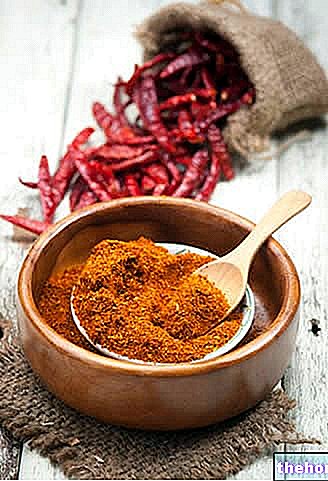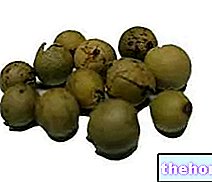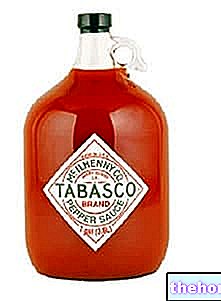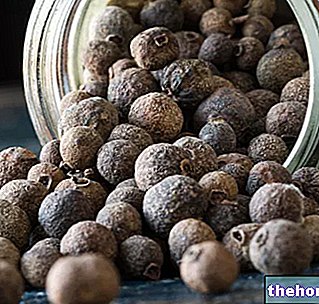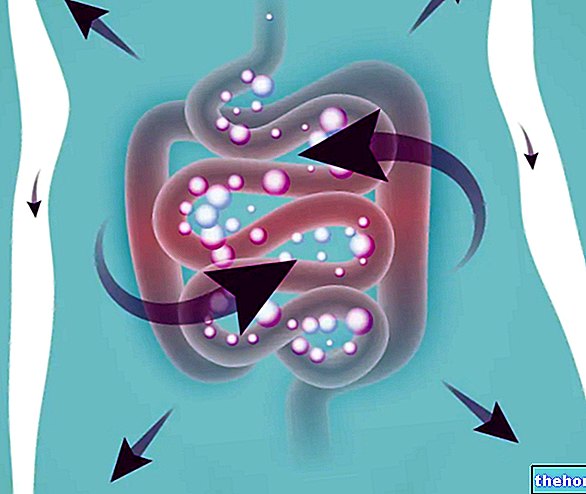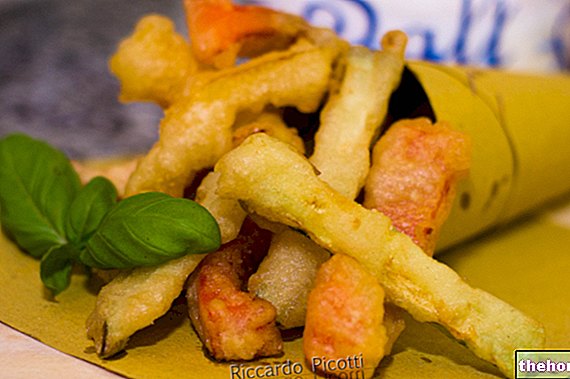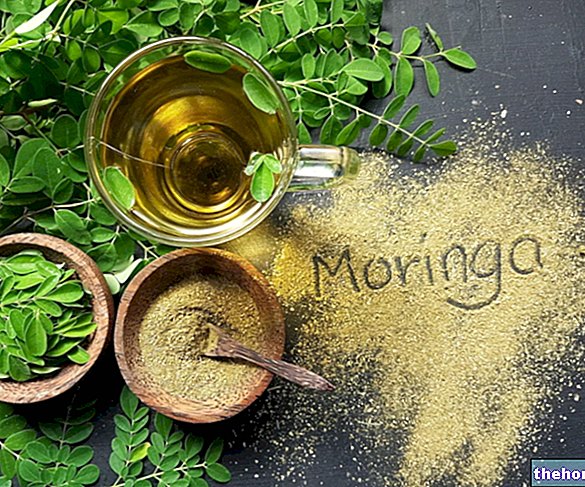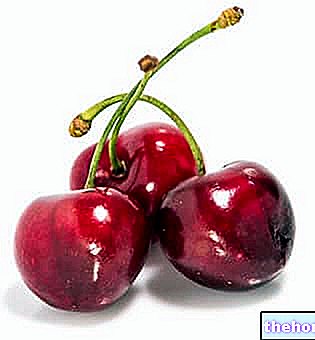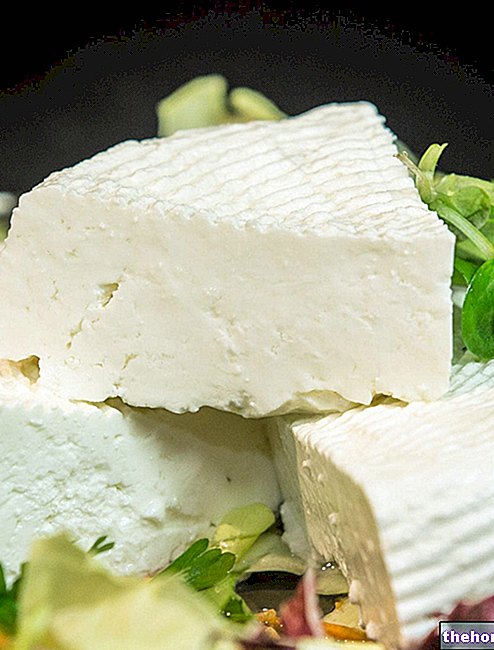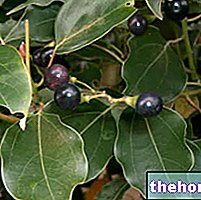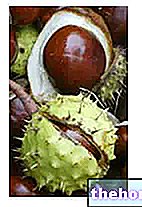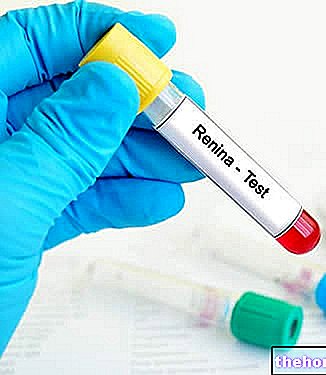Paprika (in the original alphabetˈPɒprikɒ) is a spice which, containing traces of capsicin and good amounts of fructose, it is distinguished by its delicate, sweet and slightly spicy (sometimes bitter) flavor; both the sweetness and the spiciness of paprika vary according to the raw material used, or according to the variety of the fruit (or any mixture) and the manipulations exercised on it.

Paprika is a SPICE, as is chilli powder, but the two products are remarkably different. As we will see below, it is quite common for paprika to be confused or used as a synonym for the chili itself; this little misunderstanding derives from the etymology of the Hungarian term for chili: paprika (with the "K"); actually, in Italian, the term PAPRICA (with the "C") indicates the spice NOT spicy obtained from the chili itself which, if finely ground, acquires the name of CHILI POWDER.
Production
Paprika is obtained from the pulverization of the fruit produced by some plants of the genus Solanaceae: the Capsicum, more commonly said chili pepper. This botanical variety, today evenly distributed over the entire earth's surface with a mild climate (but cultivated and subject to seasonality even in the less temperate territories), is native to the Central-South American continent, from which it was first exported to the East, then to Middle East and finally in Europe.
The chili pepper from which paprika is obtained can be the fruit of numerous species, all different in terms of: shape, color, sweetness and spiciness; in Eastern Europe, with the term paprika you can indicate both the spice and the vegetable itself, imported for the first time in the old continent by traders Hungarians through commercial exchanges with Turkey (in turn supplied by India). Not surprisingly, as we will see below, the first to differentiate paprika from chilli powder were Hungarians.
To be more precise, paprika is the result of washing, cutting, peeling and drying one or more qualities of Capsicum. What substantially differentiates paprika from chili powder (and possibly a sweet paprika from a strong one) is the phase of husking, that is the moment in which the chili pepper is cut and deprived of the placenta with the attached seeds (placenta: internal white membrane that contains very high quantities of capsicin; its function is to bind the seeds, equally rich in capsicin, to the sugary pulp of the fruit Paprika is therefore NOT synonymous with CHILI POWDER and, while considering the strong or spicy variant, it does not come remotely close to the spice obtained by grinding the seeds and the placenta as well.
Paprika: hints of history
Paprika was first produced by the brothers Pàlfi in Seghedino (Hungary), in the nineteenth century AD, who pulverized the dried pulp of the chili peppers, deprived of both the placenta and the relative seeds in advance; later the Hungarian chemist from Hungary Albert Szent-György he discovered that, in addition to being a very pleasant spice, paprika could help significantly reduce the scourge of vitamin C deficiency in the seafaring population. In fact, chilli pepper is one of the foods that contains the highest concentrations of ascorbic acid and, once dehydrated, this property "should" (since C is not among the most heat resistant vitamins) increase exponentially.
In Hungary, paprika is a product deeply rooted in the culinary tradition (classic example, goulash); at a popular level, the harvest of chillies assumes (or rather, assumed) an extremely important social role. As in southern Italy, in Hungary the peppers are hung in long garlands of wire but, here more than elsewhere, the moment of harvesting is lived in an extremely joyful way; a "full day of festivities was even dedicated to him: September 8".
In Hungary, paprika and chilli are traditional products so important that they are the subject of numerous popular stories. Regarding the discovery of Capsicum, it is said of a young sharecropper who was forced to participate in the harem of a Turkish pasha, in the city of Buda; she, spying on the crops located in the vast parks of the noble palace, acquired the fundamental notions of the cultivation of chilli peppers and, returning to Hungary, spread them, allowing the discovery of paprika.
Paprika in the kitchen
In the kitchen, based on the organoleptic and gustatory characteristics of the dish, the choice of paprika is based on the sweet or strong type; paprika is associated with meat, some cheeses, cream, tomatoes, onion, and often becomes part (as an ingredient) of other more complex composite spices.
Paprika Chicken
Problems with playing the video? Reload the video from youtube.
- Go to the Video Page
- Go to the Video Recipes Section
- Watch the video on youtube
Video recipes based on sweet paprika
Other Foods - Spices Garlic Dill Cinnamon Cren Curry Daikon Broth Cube Tarragon Monosodium Glutamate Mace Nutmeg Oregano Paprika Black Pepper Green Pepper Pepper Cayenne Pepper Chilli Pepper Parsley Horseradish Rosemary Dietary Salt Whole Salt Iodized Salt Hyposodic Salt Salt Pink Himalayan Salt Mustard Tabasco Vanilla Wasabi Ginger OTHER ITEMS SPICES Categories Food Alcoholics Meat Cereals and derivatives Sweeteners Sweets Offal Fruit Dried fruit Milk and derivatives Legumes Oils and fats Fish and fishery products Salami Spices Vegetables Health recipes Appetizers Bread, Pizza and Brioche First courses Second courses Vegetables and Salads Sweets and Desserts Ice creams and sorbets Syrups, liqueurs and grappas Basic Preparations ---- In the Kitchen with Leftovers Carnival Recipes Christmas Recipes Dietary Recipes Light Recipes Woman's Day, Mother's Day, Dad's Day Functional Recipes International Recipes Easter Recipes Recipes for Celiacs Recipes for Diabetics Recipes for the Holidays Recipes for Valentine's Day Vegetarian Recipes Protein Recipes Regional Recipes Vegan Recipes

